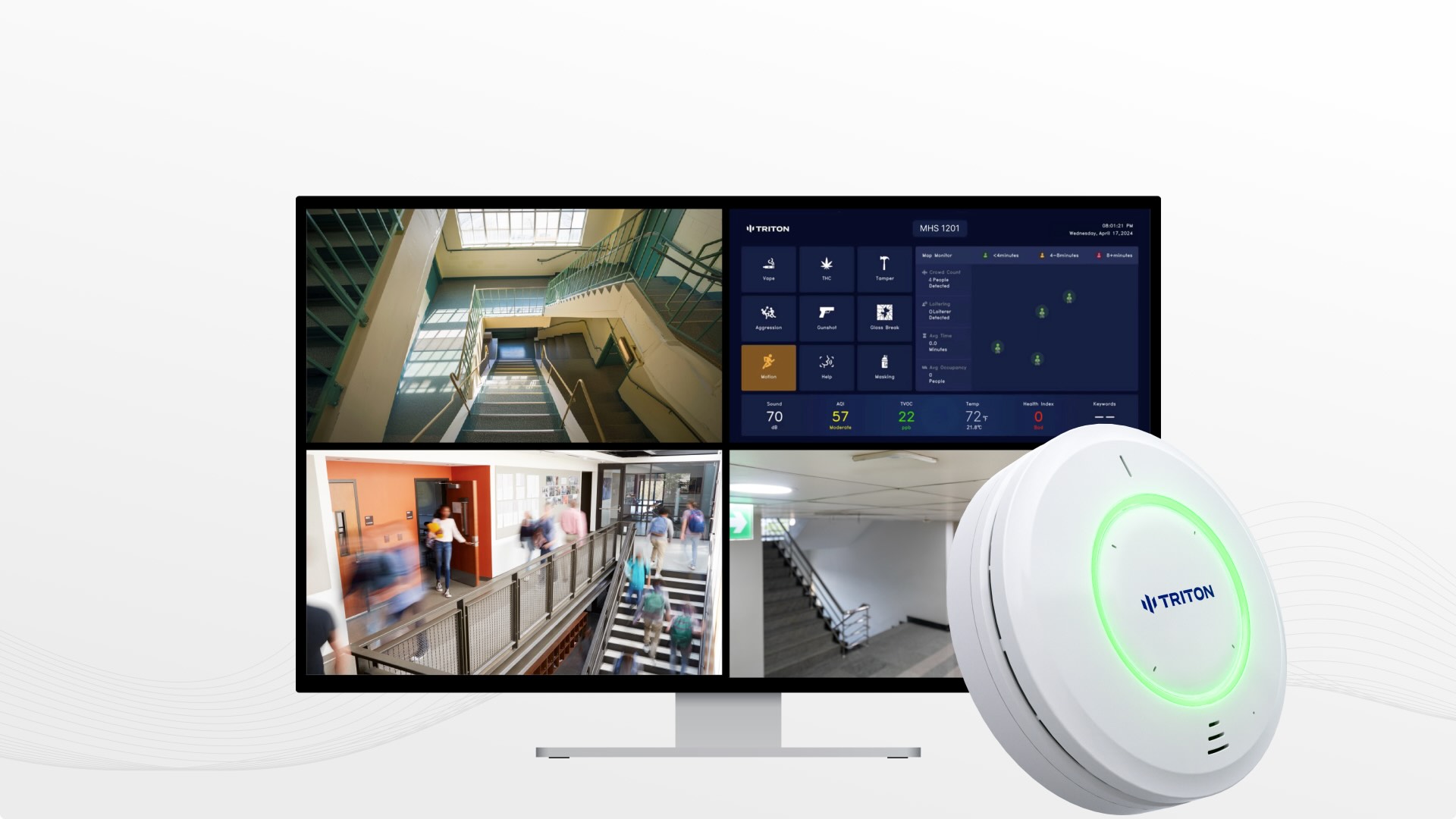Vaping was once a scourge in schools. Between classes, students slipped into the bathrooms where the vapors of nicotine with flavored THC could not be detected. Teachers and administrators felt powerless until the districts started turning to the latest line of defense: the vape detector.
Today, schools across the country are reporting huge success stories that demonstrate how transformative the technology can be in combating the issue of vaping.
A Case Study: Lower the amount of cigarettes you smoke by 83 percent in 10 weeks
Luling Independent School District confronted a serious vaping problem. Despite the warnings of school officials and the introduction of stricter regulations, some students used to smoke in the locker room. Smoke alarms aren’t effective against vapour. Staff couldn’t be everywhere.

The district tested several vape detectors in March. The results were astounding. Within five weeks, instances of vaping had decreased noticeably. In the last 10 weeks, vaping had fallen by 83%..
The effectiveness of the program exceeded just the numbers. Teachers reported less disruptions and students realized that vaping would not go unnoticed.
Similar Achievements at Match Charter Schools
Another powerful example comes from Match Charter Schools, which faced challenges with high school and middle school vaping. They implemented a set of vape smoke alarms in the month of August and witnessed immediate results.
Then, in December, less than four months later administrators reported a 80% decrease in daily vaping incidents. Parents applauded the school’s tangible steps to safeguard their children. Teachers noticed a reduction in the amount of loitering in the hallway as well the reduction in bathroom congestion.
These two districts reflect the growing tendency: schools that implement vape detection see measurable improvements in both behavior and overall security.
What is it that makes vape detectors so Effective?
The technology that is behind the results is what makes them possible. Vape detectors of today don’t only detect vapor, it also tracks air quality as well as monitors occupancy and provides real-time alerts to employees. So, administrators no longer depend on guesswork or reports from after the fact.
The detectors were designed to ensure your privacy. No cameras. No audio recording. Just accurate, instant data which allows schools to take swift action without violating the rights of the student.
This combination of efficacy and compliance makes vape detectors among the most practical ways to ensure safety for schools now.
Safety nets for vaping and Beyond
Many administrators are aware that detectors extend beyond the prevention of vaping. Modern systems detect loud noises keywords, triggers tied to emergency situations, and vandalism threats.
For instance in the event that a group of students begins loitering in the bathroom then the detector may flag the high occupancy. Staff members can be immediately alerted in the event that someone shouts an urgent keyword, for instance “help”. In this way, vape detectors for schools become part of a larger safety strategy one that addresses both health risks and potential violence.
Why Parents and Boards Should Support Vape Detectors
One benefit often ignored is the trust that comes from transparency. Schools that employ detectors can make reports that clearly demonstrate the current trends in smoking. These reports are shared with school boards, parents, and other community members, giving evidence of the fact that actions are being implemented.
Parents, especially, appreciate tangible results. Vape detectors don’t only detect students. It protects their health and sends a message that vaping is not a good idea in schools.
The Summary: A Proven Path Forward
A few years ago, vaping was like an invisible war that schools were unable to take on. Case studies from across the country prove this not the case. Administrators are able to spot dangerous behaviors and prevent them immediately using a vape detector. This helps create a safer environment for students.
Vaping is still a concern however, it’s changing. Schools that invest in vape detection technologies aren’t simply reacting to an issue, but they’re in the process of paving the way for better health for the future.
Conclusion
From Texas to Massachusetts, schools are proving that technology can be effective. Modern vape alarms do more than simply alert. It alters the way students behave and creates trust. It is also a a permanent solution to the most pressing health problems facing today’s students. Vape detectors are now standard in any school which is concerned about security.